TOGETHER
LET'S PLANT
THE CORALS
OF TOMORROW
Become a Coral Planter with us
We are The Coral Planters



Today more than ever, Ocean needs our protecton
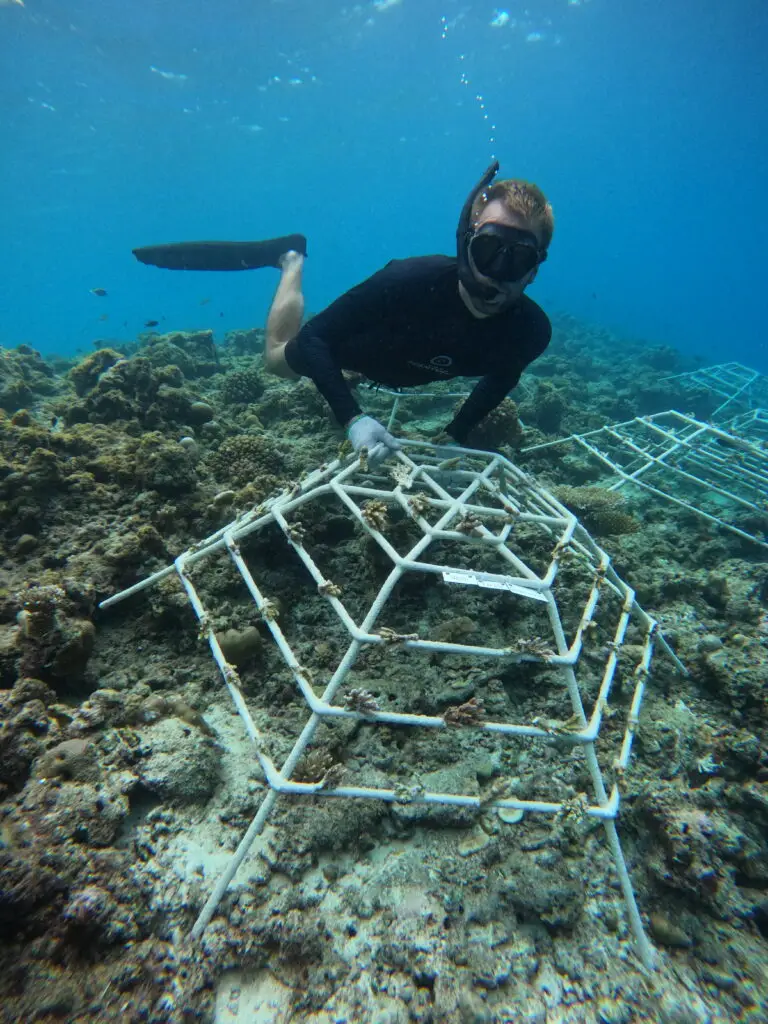
Your support allows us to take daily action on the ground, to finance our Edu’Coral program and our awareness campaigns.

Dive with us to protect marine biodiversity
Our coral restoration areas
in the world
Mozambique
Opening in 2025, in Nacala Bay, Mozambique, our new restoration area is located in an MPA (Marine Protected Area).
Rodrigues Island
Nicknamed the Cinderella of the Mascarenes, Rodrigues Island is a small island lost in the middle of the Indian Ocean which nevertheless hosts the second largest lagoon in the world.
Maldives
Our story began in the Maldives, where we developed our first coral restoration areas. After nearly 10 years of support, these 4 areas are now fully autonomous – a milestone that reflects the project’s success and maturity.
Act now
Together let's save our Ocean
Adopt a Coral
1. Adopt your coral and receive a personalized certificate.
2. Your coral is planted on a reef called : “Community Reef.” You will receive a planting certificate for your Reef, including a tracking number.
3. Watch your Reef grow. Track the growth of your Reef with biannual monitoring.
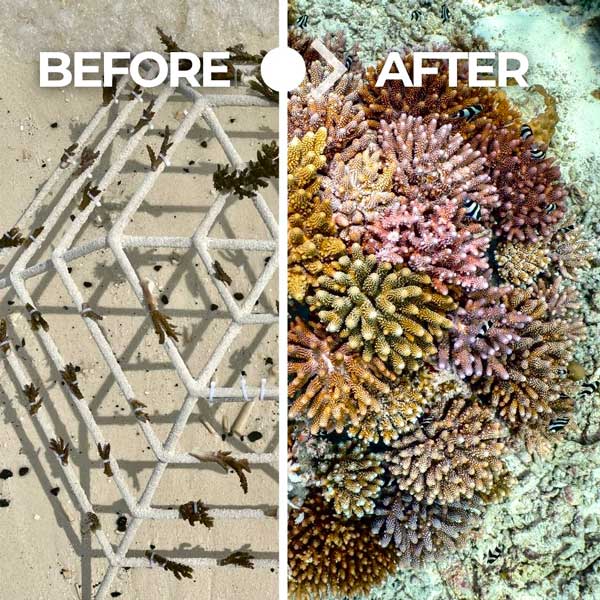
Without significant action,
corals could disappear
by 2050.

Adopt
Adopt a coral in just a few minutes and actively participate in saving coral reefs.
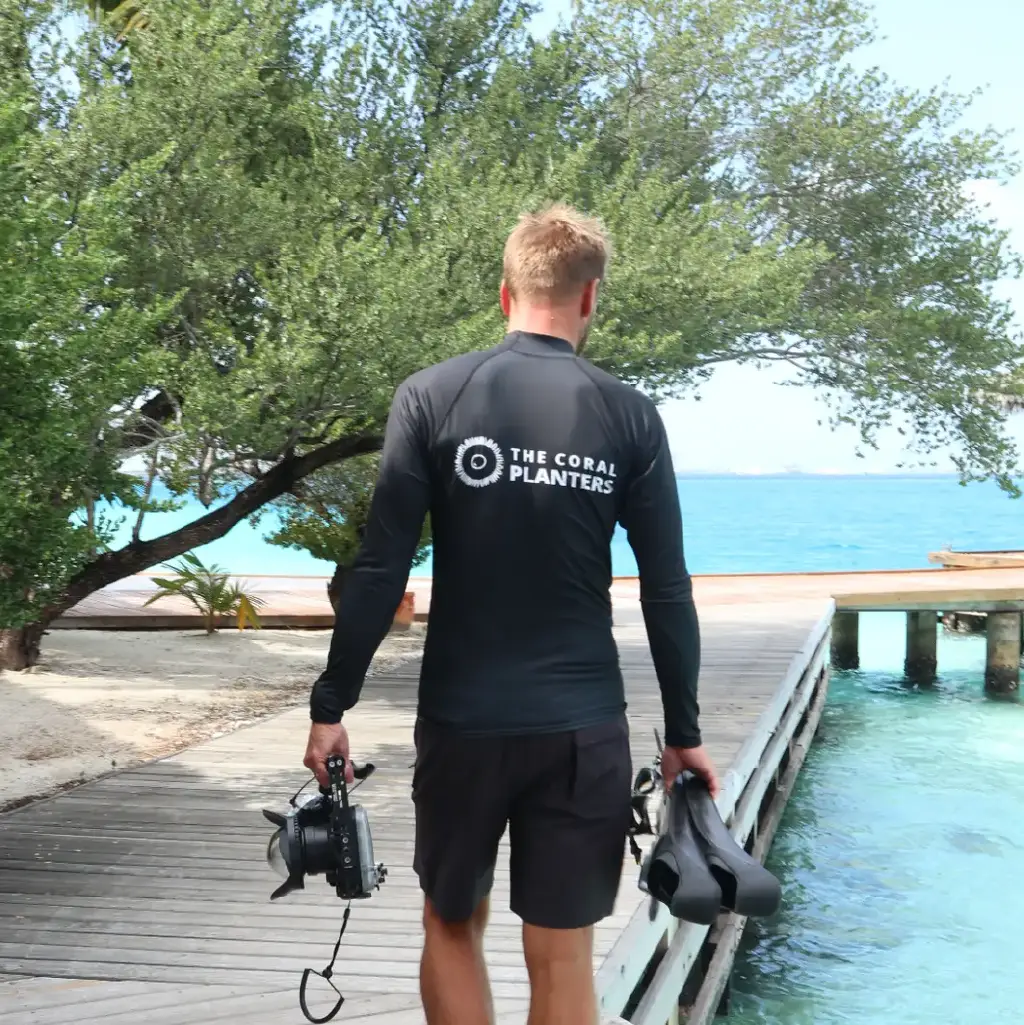
Explore our collaborations and collections
Directly support The Coral Planters by purchasing our items in collaboration with our partner brands.
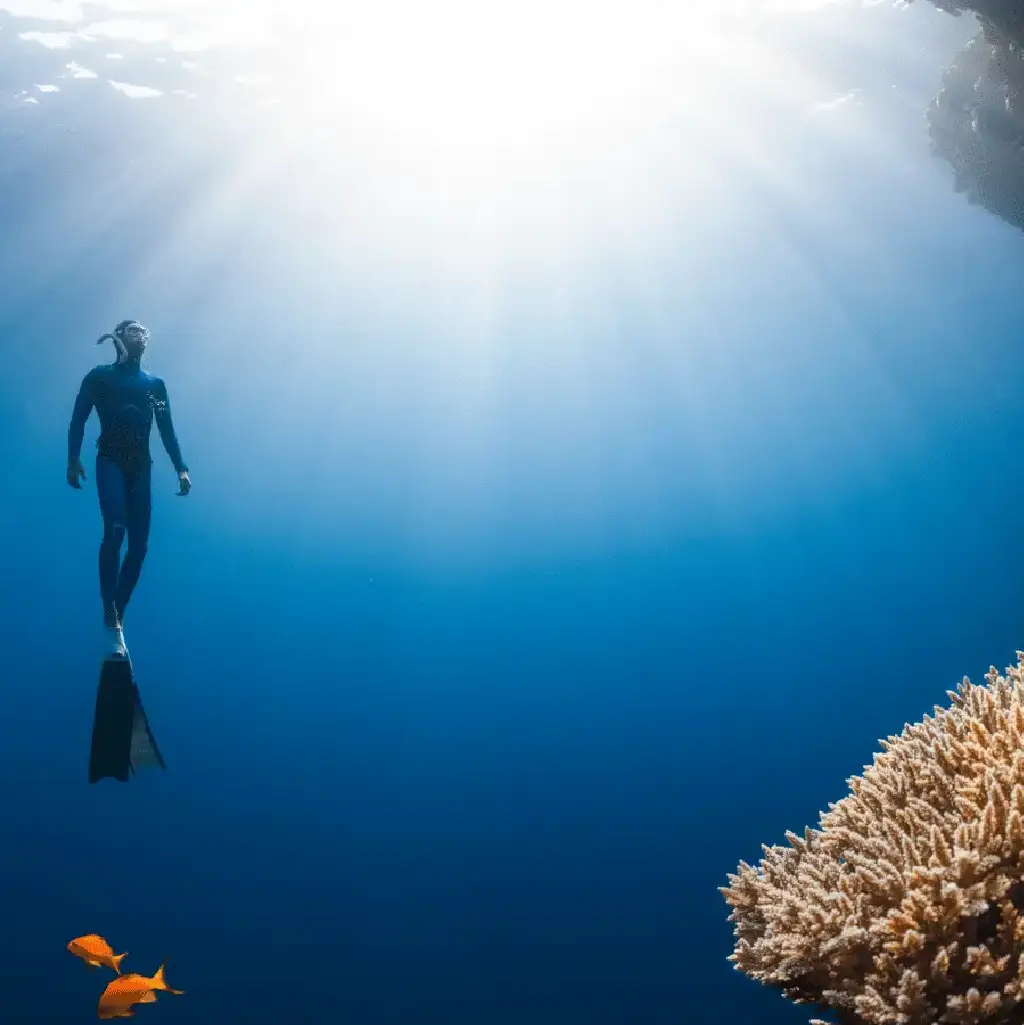
Donation
Help us fund our work: coral restoration, awareness programs, and educational projects.
Why are coral reefs so important?
01.
They provide food for many fish… and the people who eat them! 1 km 2 of coral reef can generate between 5 and 15 tonnes of fish and crustaceans.
02.
03.
Since 2009, 20% of corals have disappeared due to massive bleaching events linked to ocean acidification and global warming—this represents an area of 11,700 km2 completely destroyed.
These corals are also threatened by overfishing, human-induced coastal development, and all forms of marine pollution: plastic, chemical, light, and noise.

With the urgency of the situation, our team is working to restore coral reefs by combining its actions with the use of innovative technologies.
In addition to our rapid and effective actions, we collaborate with scientists, engineers and experts to develop our restoration techniques and gather as much information as possible. We strive to improve and refine our methodology every day, while raising public awareness of the importance of coral reefs.

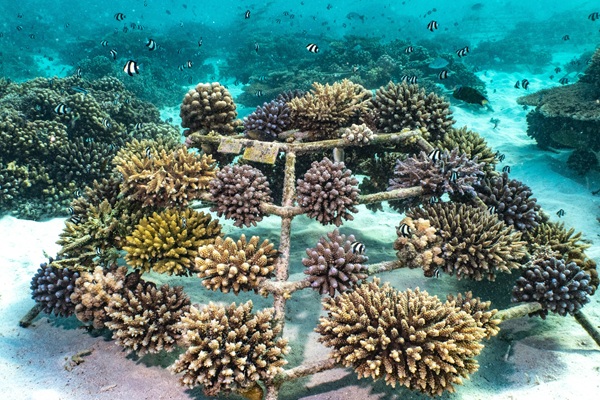
Discover our stories
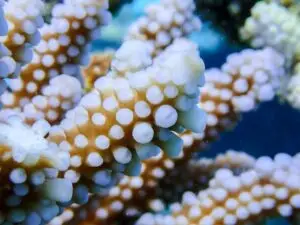
Impact of climate change: fourth episode of coral bleaching in 2024
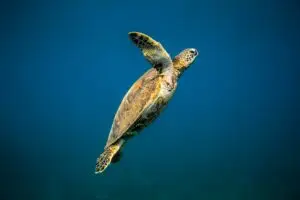
2 turtles depending on coral reefs: the hawksbill turtle and the green turtle





















